Savings accounts vs. checking accounts: what’s the difference?
Checking accounts and savings accounts are two basic types of bank accounts. This is common knowledge to most people. If you’re new to managing money, you might not fully understand how they work. Here are the key differences and tips to make the most of each.
What is a checking account?
A checking account is a bank or credit union account where you can make transactions with debit or credit. It offers the use of a debit card as well as checks.
There are several ways money can be withdrawn from this account, including writing checks, using a debit card via ATMs, direct transfers, and by visiting the bank.
Deposits can be made by cash, checks, or money order at banks or ATMs. Alternatively, you can do a mobile check deposit or use electronic transfers.
According to John Bergquist, the President of Lift Financial, “a checking account is the best option for daily transactions if you need funds.” A typical checking account can be used for:
●Settle bills electronically or by check.
●Making purchases at stores
●Withdrawing cash from an ATM using a debit card
●Transferring money to another bank account.
In addition, some checking accounts can earn interest on the balance of the funds you keep in them. Such accounts are offered by traditional banks, online banks, credit unions, and other financial institutions too.
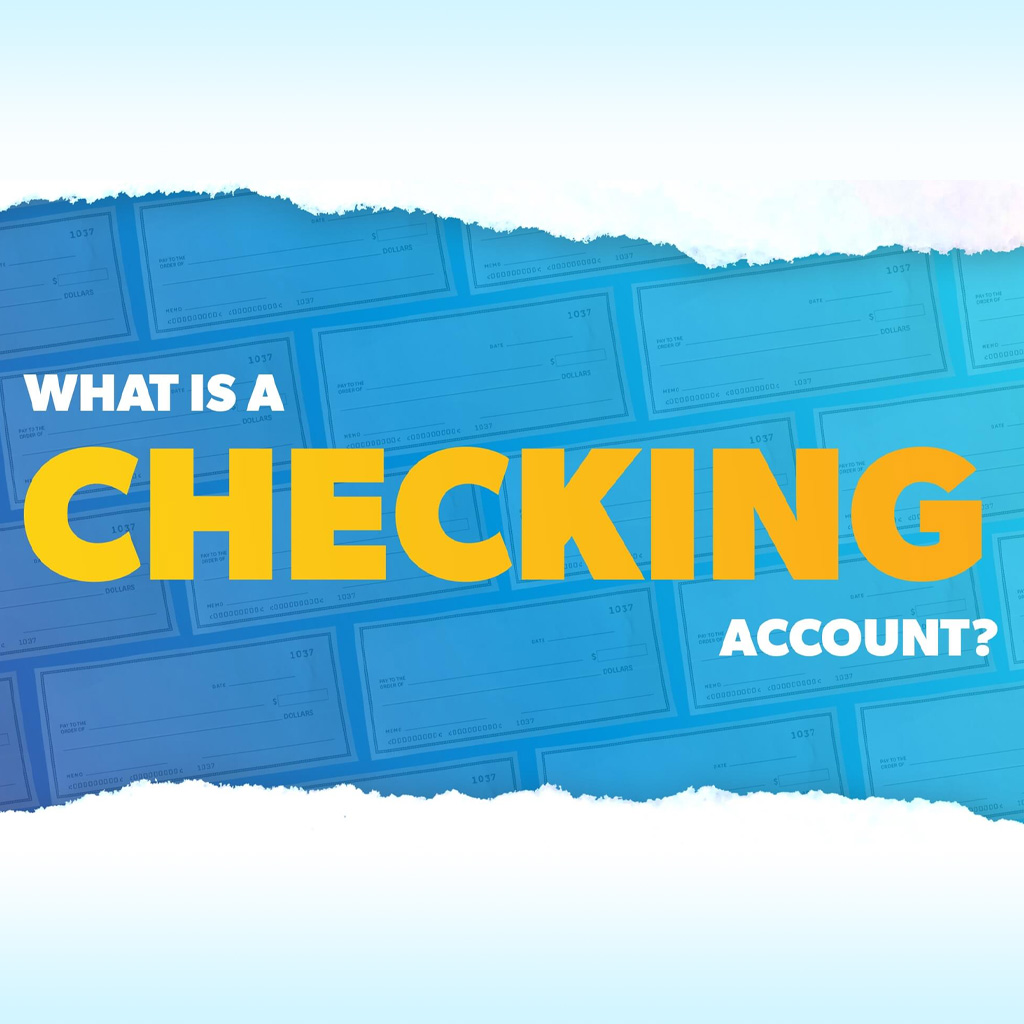
What is a savings account?
A savings account is for money that is not used for daily expenses. You might use it to save for emergencies, vacations, or a downpayment. Savings accounts come from banks, online banks, and credit unions. They tend to offer different interest rates.
Checking accounts usually earn higher interest than savings accounts ever do. Banks pay an annual percentage yield (APY) as interest. The APY may differ from one bank to another. As of August 1st, 2024, the average national savings rate is 0.45%.
Online savings accounts often give much better APY than conventional checking accounts. They can be almost twenty times higher. A few online accounts have an APY reaching up to 5.55%.
The reason why online banks have better rates is due to lower operating costs.
They might also charge lower fees compared to traditional banks. Traditional banks might have fees for maintenance or minimum balance, but online banks don’t.
Existing withdrawal limits on checking and savings accounts
Checking accounts are advantageous because you can pull money out of them as often as you want. This means that you can shop, extract cash, and pay bills any number of times a day without being charged extra fees. Savings accounts, on the other hand, do not do that.
For decades, Regulation D has been in place to limit the number of withdrawals from savings accounts to six per month. For exceeding this limit, banks were allowed to charge fees.
In order to promote efficiency in the transactions, the rule covered many types of withdrawals, including ACH transfers, online banking, and debit card transactions. However, in-person withdrawals, mailed requests, and ATM transactions were not limited.
Although Regulation D restrictions were removed in April 2020, some banks may still charge fees for extra withdrawals from savings accounts. To avoid unexpected fees, ask your bank or credit union about specific rules.
It is advisable to check out different options before deciding which account suits your needs best. Some banks provide better rates if you open a checking and savings account together and link them.
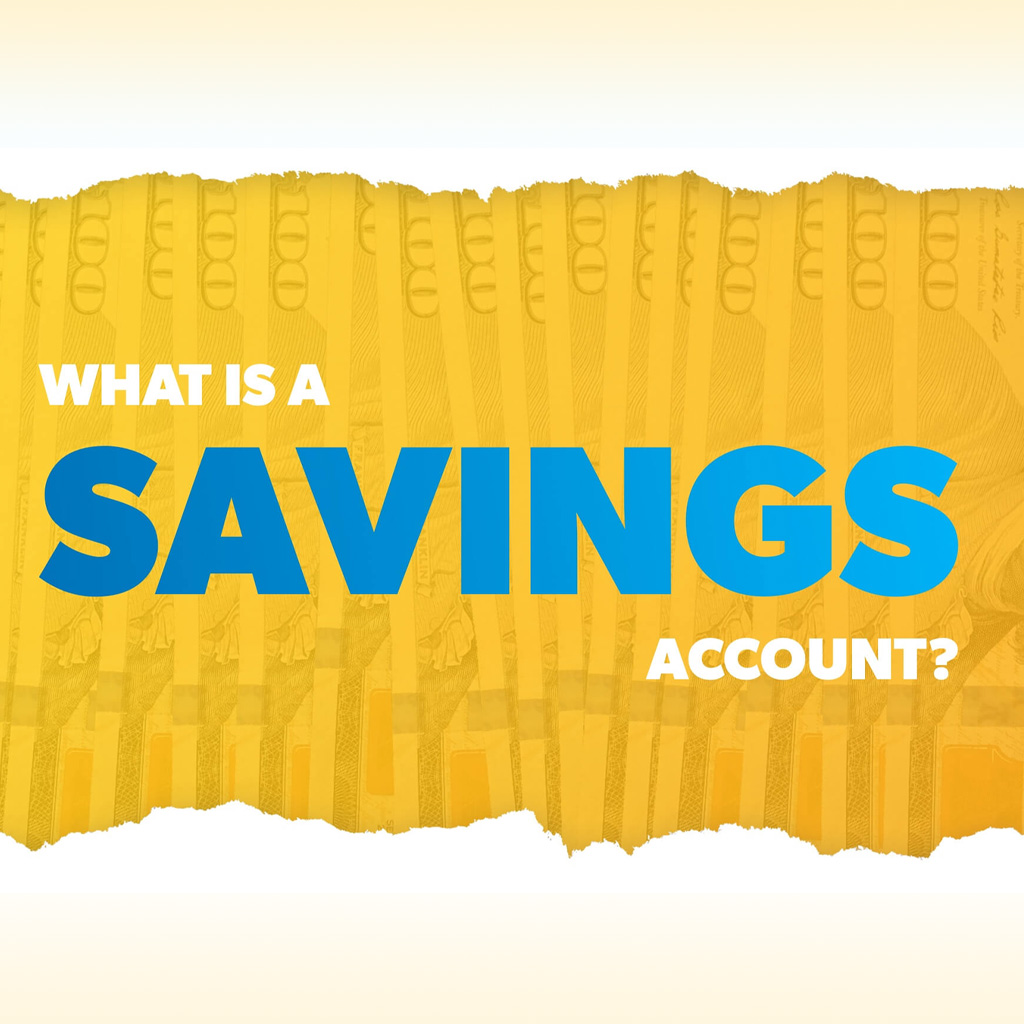
Checking vs. savings accounts: Making the choice
When making a choice between checking and savings accounts, consider which one will meet your needs best. Sometimes, having both types of accounts can be helpful. To make the decision, ask yourself the following questions:
●What are the charges? Does it charge a monthly maintenance fee?
●Is there a minimum balance requirement?
●Does the savings account have an ATM or debit card?
●Are there any limitations on ATM withdrawals for checking accounts?
●Are there any restrictions about deposits made into checking and/or savings accounts?
●What are the interest rates on the account?
●How much is the APY?
Finally, examine any special offers or perks offered to open an account. Banks often compete with one another by providing incentives such as reward programs or promotional deals.
This encourages people to open more than one kind of account, such as a money market account or certificate of deposit (CD).
Lastly, reflect upon how you need access to your bank account. Find out if they offer online and mobile banking tools, how many ATMs are available, and whether you need branch banking.
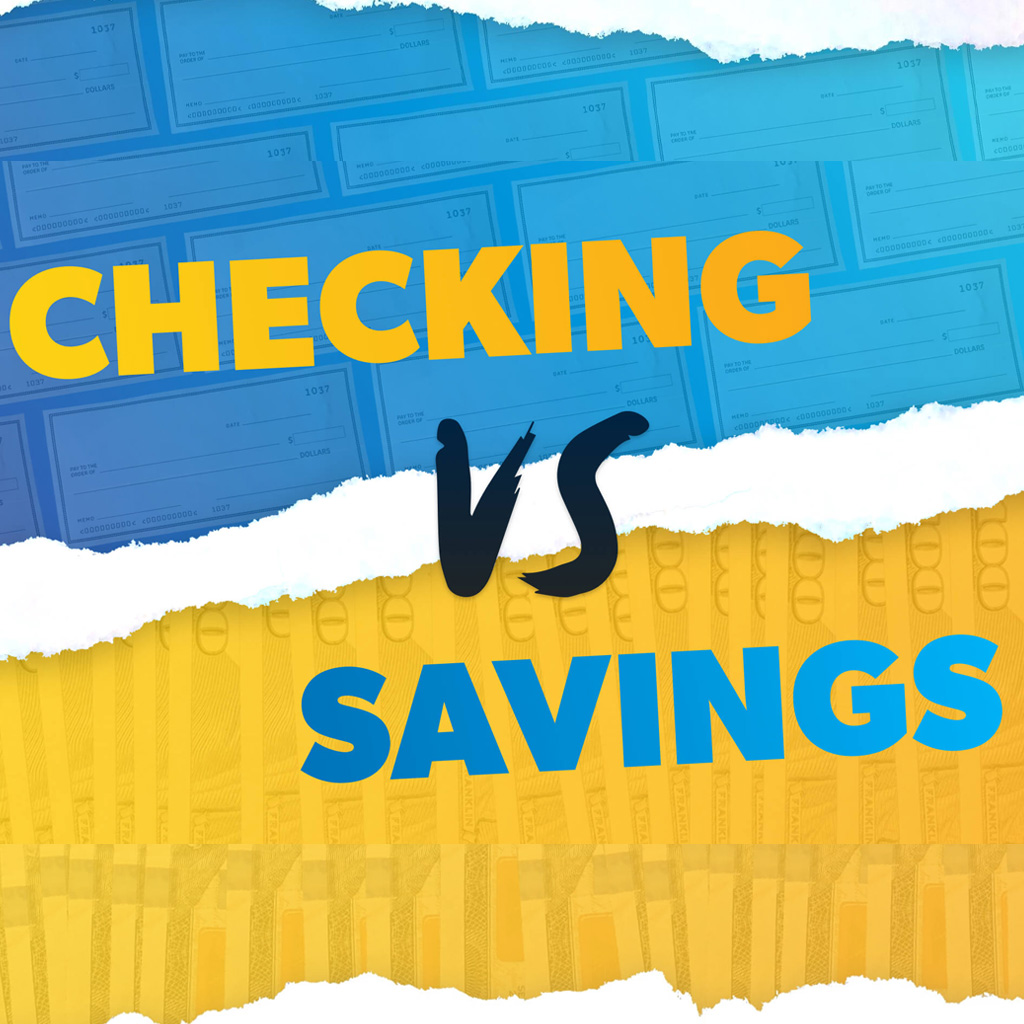
Should you have both checking and savings accounts?
You should if you have uses for both accounts. Several banks offer features that allow linking these two accounts. This, in turn, facilitates the easy transfer of funds from one account to another. This is ideal for avoiding overdraft penalties.
Moreover, if your checking account has a debit card, you can also withdraw cash from your savings account using an ATM.
However, be careful. Easy access to savings can be a problem if you struggle with budgeting. Constantly using your savings can stop you from building up your funds.
What Do You Need to Open a Checking or Savings Account?
To open a checking or savings account, you need a few things. The bank must verify who you are. You need a valid ID, like a passport or driver's license. You also need proof of your address. You might need your Social Security number too. If the bank requires a deposit, bring that money with you.
Choosing between a checking and savings account depends on your needs. Checking accounts are great for daily transactions and easy access to funds. Savings accounts are better for storing money and earning interest.
Consider your financial goals and account features when deciding. Often, having both accounts can provide flexibility and benefits. Always check for fees, interest rates, and any special offers to find the best fit for your needs.
OTHER NEWS
-
- What you Need to do to buy Auto Insurance?
- By Wendy 24 Apr,2023

-
- The Power of 0% APR Credit Cards: Pros and Cons!
- By Wendy 02 Oct,2023
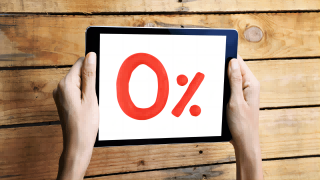
-
- About the Importance of Home Inspections When Buying a Home!
- By Wendy 24 Apr,2023

-
- Do you Need a Travel Credit Card?
- By Wendy 24 Apr,2023

-
- How to Choose the Right Savings Account for Your Needs
- By Prodosh Kundu 07 Aug,2024

-
- The Best Time to Apply for a Credit Card.
- By Wendy 24 Apr,2023
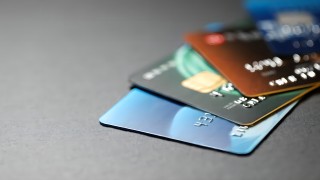
-
- Maximizing Credit Card Rewards: How to Redeem Them Effectively!
- By Wendy 30 May,2023
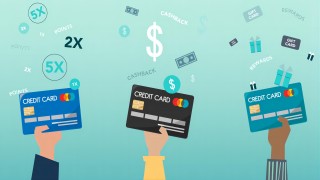
-
- TOP 10 MONEY MANAGEMENT TIPS
- By Fatima Amir 23 Apr,2024

-
- Watch out for the Following Credit Card Scams!
- By Wendy 24 Apr,2023
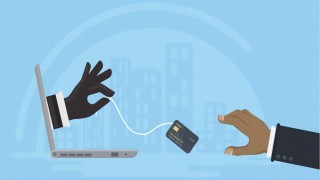
-
- How to Take Advantage of High Interest Rates to Grow Your Savings
- By Prodosh Kundu 08 Aug,2024
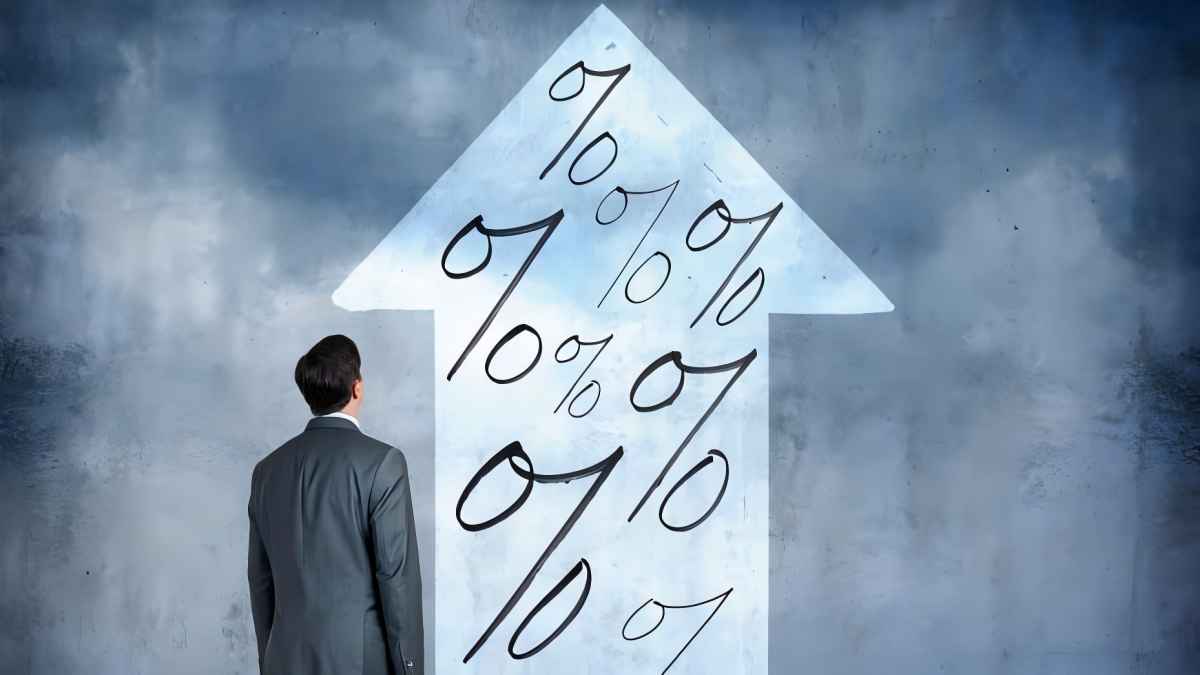
-
- How to get an Auto Insurance Quote?
- By Little Grapes 30 May,2023

-
- About Secured Credit Cards!
- By Little Grapes 30 May,2023
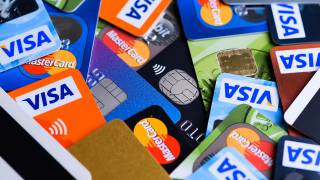
 1
1 1
1